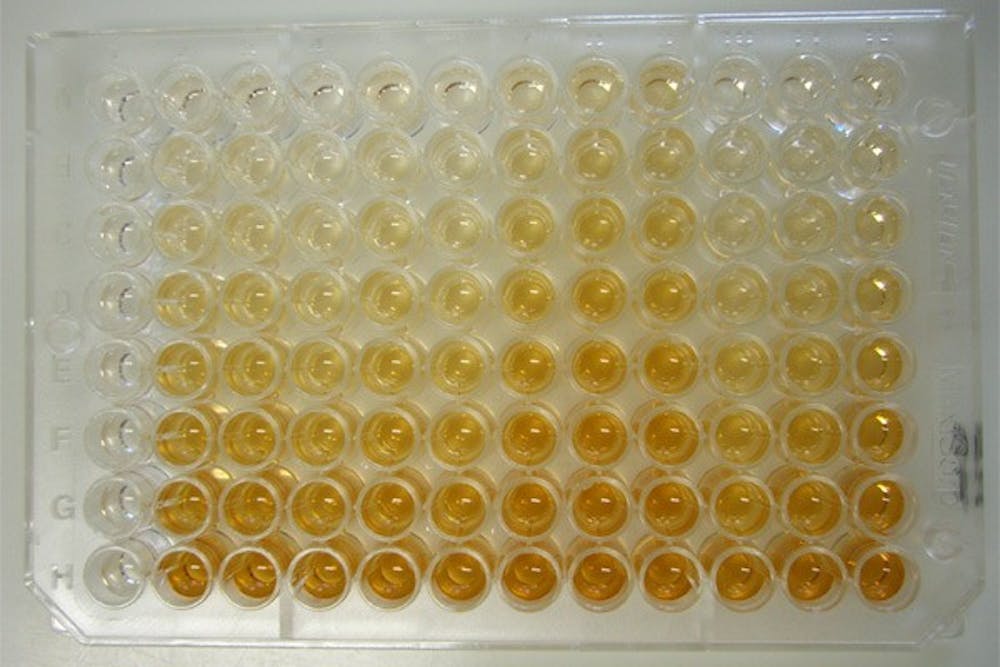Nowadays there is a fever for point-of-care applications to allow physicians easily to assess a patient’s health status. In turn, both academic and industry research teams are looking at engineering principles to automate and scale down clinical assays in a cost-effective manner. Examples include microfluidics, which leverages the high surface to small volume ratio of micro devices to lower assay cost and requires only a prick of blood from the patient, microcontrollers and magnetic-powered technologies.
With each new gadget made, there are multiple research years ahead to improve the accuracy, robustness and clinical compatibility of the different methods. At Stanford University, researchers in the Mechanical Engineering Department have developed an extraction technique called Isotachophoresis to preconcentrate and purify desired samples. These technique has been thoroughly documented in prestigious research journals for the past 10 years and is now the driver-technology in a nascent Silicon Valley company, Purigen.
Another popular Silicon Valley company, Theranos, raised several million dollars promising a clinic-friendly device that could detect over 200 diseases from a single prick of blood. While Theranos is currently under federal investigation for fraud, the sensationalism of the company speaks for the urge to create affordable and powerful small devices in actuality.
The tendency to focus on the accuracy of the sample analysis fostered by the hype from hot start-ups and surfacing exciting technologies can shadow other crucial aspects of point-of-care. For instance, what is would a perfect device be good for if its sample has been corrupted? Researchers at Uppsala University in Sweden ventured on this unattended topic.
In a study lasting from 1988 to 2014, the scientists recruited 106 women and analyzed over 100 blood proteins in varying time intervals. They found that proteins decreased in abundance over the course of several storage years. However, some proteins demonstrated the opposite behavior: an increase in abundance over storage years. To interpret these results, age of the patient at time of sampling, a well known factor in protein abundance, was also considered.
“We suspected that we’d find an influence from storage time, but we thought it would be much less,” Ulf Gyllensten, a professor at Uppsala University, said in a press release. “It has now been demonstrated that storage time can be a factor at least as important as the age of the individual at sampling.”
The equinoctial season of sampling was measured as well. Fifteen of the proteins showed significant differences between two seasons. The most common relevant seasons were summer and winter when acute weather conditions can affect which proteins are produced in the human body and the quantity of the production. Notably, seasonal changes significantly influenced HSP-27 and IL-20RA, relevant in cancer and epidermal functions, respectively.
The findings point to the time of storage and the season of sampling as relevant in both a diagnostic perspective and in population studies. The researchers encouraged future works to consider sample key parameters. Even more so, these results demonstrate a traditional study to improve the health care system without the need to rely on complex technologies.
“This discovery will change the way the entire world works with biobank blood,” researcher Stefan Enroth, who presented the new findings along with Gyllensten, said in a press release. “All research on, and analysis of, biobank blood going forward should also take into account what we have discovered, namely the time aspect. It is completely new.”





